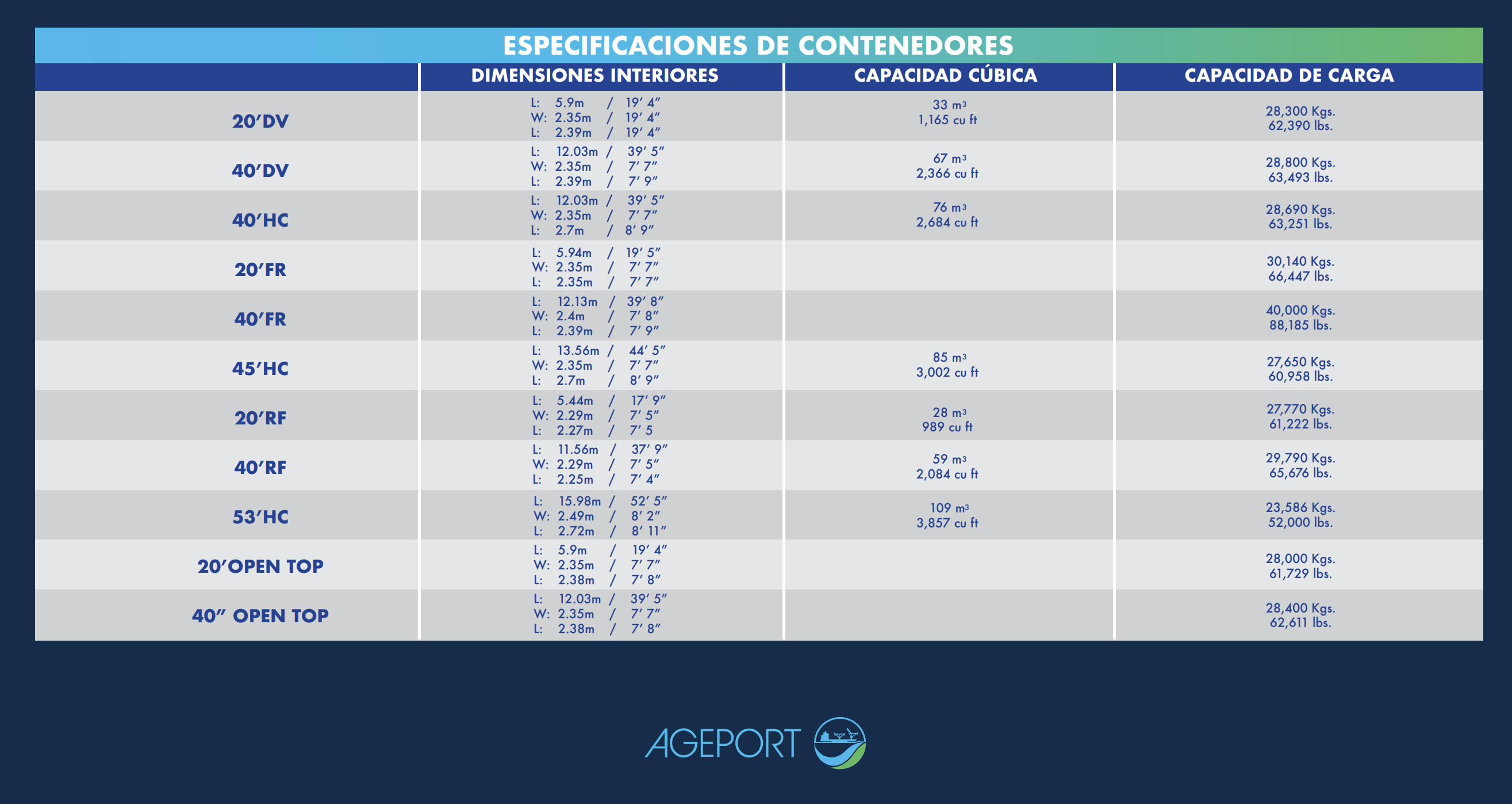Loading Guide
Important information on loading, unloading, transportation and handling of goods in the different ports where we operate.
Table of Contents
- Steel Unloading
- General Cargo
- Bulk Grain Unloading
- Yellow Grease & Tallow Unloading
- Vegetable Oil Unloading
- Lubricant Oil Unloading
- Clinker Unloading
- Mineral Coal Unloading
- Loose Bags of Rice, Sugar, Fertilizers, or Cement
- Loading Limestone, Bauxite, and Aggregates
- Bulk Sugar Loading at La Romana Port
- Bulk Sugar Loading at San Pedro de Macorís or Puerto Plata Ports
Steel unloading
This type of cargo is handled from the vessel to the dock using the vessel’s cranes. Then from the dock apron it is moved by forklift to the warehouses or outdoor laydown area located near the dock apron.
Note: It has been established that steel pipes, rods, billets, H-beams and slabs over 20 feet will be worked from 8:00 a.m. to 12:00 p.m.
In the event that it is necessary to work outside these hours, there are additional charges to the dockworkers’ union for each crew.
Production varies according to vessel specifications.
General Cargo
General freight is handled from the ship’s crane to the dock apron and then moved to the warehouses or outdoors with forklifts.
Bulk Grain Unloading
Soybeans | Corn | Wheat
The receivers in Rio Haina and Puerto Plata work the unloading of these products from 8:00 A.M. to 12:00 M. daily including Saturdays and Sundays.
No work after 12:00 A.M. until 8:00 A.M.
Yellow Grease & Tallow Unloading
Tankers
This unloading is done at the ports of Rio Haina or Santo Domingo from the vessel to tank trucks with a capacity of 25 to 30 MT per truck.
It is very important to note that the vessel must provide its crane or boom and at least a 4-inch diameter pipe for unloading, since importers only supply trucks, although there are some receivers that supply their pipes.
There is no tax charge on the cargo on behalf of the shipowner when the discharge is on behalf of the importer according to the charter party.
Vegetable Oil Unloading
Tankers
This unloading is also done at the ports of Rio Haina or Santo Domingo from the vessel to tank trucks with a capacity of 25 to 30 MT per truck.
The vessel must also provide its crane or boom and at least a 4-inch diameter pipe for unloading.
Lubricant Oil Unloading
Tankers
This unloading is carried out at the Port of Río Haina for a single importer: Lubricantes Dominicanos, S.A. and the vessel is docked at pier No. 6 (west) where there are facilities to receive the cargo directly via a 6-inch diameter pipeline.Clinker Unloading
The method of unloading for the ports of San Pedro de Macorís, Azua, Río Haina and Manzanillo is using the ship’s cranes and pears that must be supplied by the ship, since the receivers only supply hoppers and trucks that are placed on the dock apron.
Unloading operations are carried out by the receivers 24 hours a day.
Mineral Coal Unloading
ITABO Port
The cargo reception equipment at the ITABO Port is designed to receive a maximum of 2,750 metric tons per hour during the vessel’s free discharge evolution.
Loose Bags of Rice, Sugar, Fertilizers, or Cement
The loading or unloading production in all the main ports of the country is 12 to 15 MT per crew per hour.
Port stevedores only work with loose bags daily from 8:00 A.M. to 8:00 P.M.
Loading Limestone, Bauxite, and Aggregates
The loading system consists of the cargo being placed on the apron of the dock by trucks and mechanical shovels that feed a hopper and a conveyor belt system that loads the vessel.
Regular working hours are Monday through Friday from 8:00 A.M. to 4:00 P.M. and Saturdays from 8:00 A.M. to 12:00 P.M.
Bulk Sugar Loading
La Romana Port
The loading method is with two elevators with an estimated production of 325 MT per hour. The shipper works 24 hours a day.
As this is a private terminal owned by Central Romana, bunkering is not permitted on the dock. Additionally, it is important to note that there are no fuel barge supply facilities and only potable water can be supplied to vessels at the dock.
Bulk Sugar Loading
San Pedro de Macorís or Puerto Plata Port
The loading method is that the bags of sugar are transported by truck from the mills to the dock where they are loaded onto the ship’s hold lids where the bags are opened and the contents are emptied to the bottom of the hold. Loading production is approximately 12 to 15 MT per crew per hour.
The dockworkers only work with loose bags daily from 8:00 A.M. to 10:00 P.M. and it is possible to work 24 hours a day. Production from 12:00 A.M. to 8:00 P.M. drops by more than half and there are extra charges by the dockers’ union.
